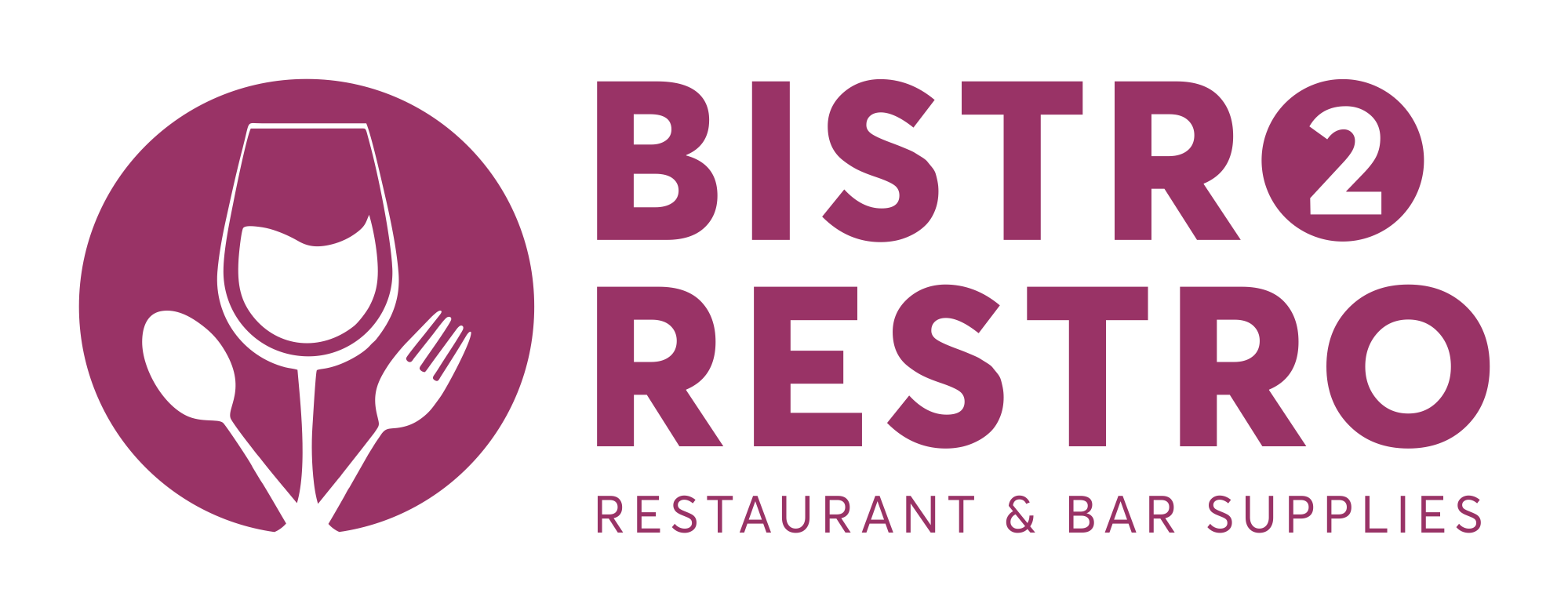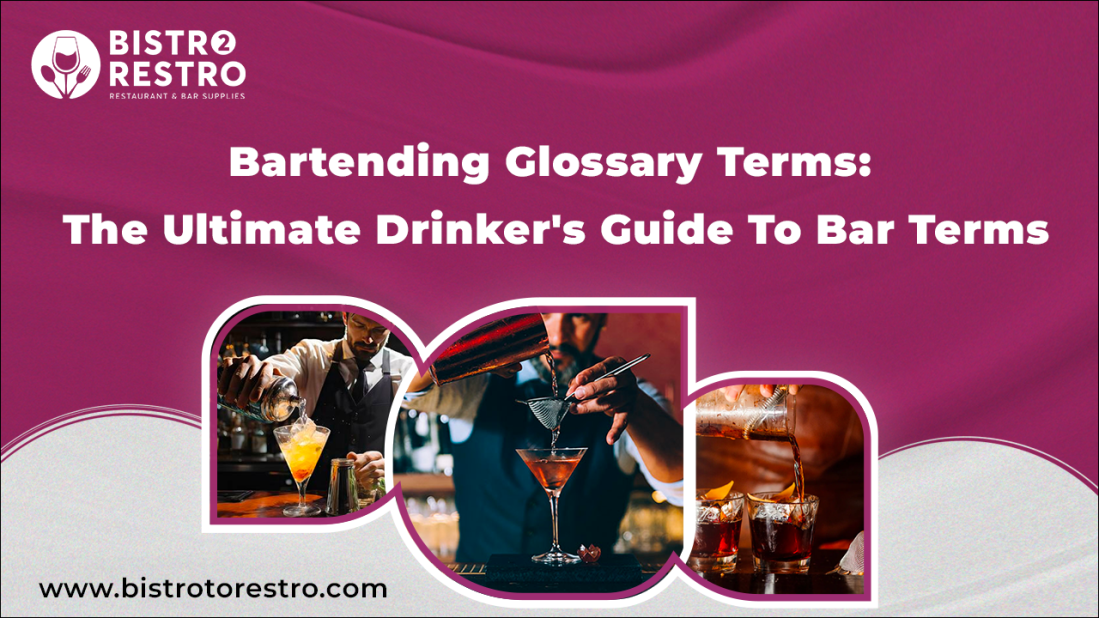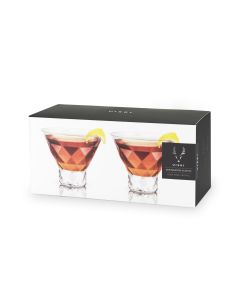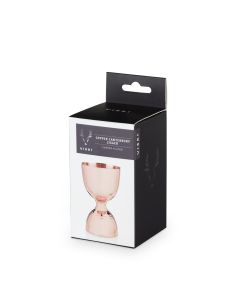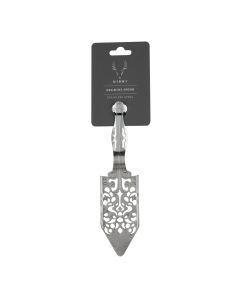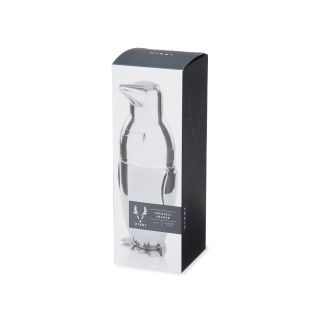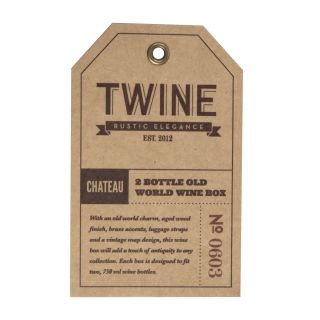Bartending is both an art and a science, blending ingredients and techniques to create memorable experiences for patrons. Whether you're a seasoned drinker or someone just starting to appreciate the world of cocktails, understanding bartending terms is essential for making the most of your bar visits and elevating your home bar skills.
In this comprehensive article, we’ll walk you through the bartender 101 terms, essential cocktail glossary concepts, and dive deep into the art of mixology. Whether you're trying to impress your friends with your drink-making prowess or simply want to decode the lingo the next time you're at your favorite bar, this guide will ensure you know exactly what’s going on behind the scenes.
Bartending Glossary: Understanding the Basics
Before we dive into the fun stuff, let’s start with the essentials. Understanding bartending terms is the key to unlocking the world of cocktails and mixed drinks. Here are some of the most common and crucial bartender glossary terms you need to know:
Neat: When a drink is served neat, it means it’s poured directly from the bottle into a glass with no ice or mixer. Typically, this term is used for spirits like whiskey, scotch, or rum, enjoyed without any distractions.
On the Rocks: A drink served "on the rocks" means it’s poured over ice. It’s perfect for those who want to enjoy their spirit slowly as the ice melts, diluting the drink slightly.
Shaken: When a drink is shaken, the ingredients are mixed together in a cocktail shaker with ice. This method is often used for cocktails that include juices, syrups, or egg whites, ensuring everything is well-blended and chilled.
Stirred: Unlike shaken drinks, stirred drinks are mixed gently with a bar spoon in a glass, usually over ice. Stirring is the preferred technique for spirits like whiskey, gin, and vodka, especially in cocktails like the Martini.
Muddling: Muddling involves crushing ingredients—often fruit or herbs—at the bottom of a glass using a muddler. This technique helps release flavors and oils that enhance the drink’s taste, commonly used in cocktails like the Mojito.
Double: When you order a "double," it means your drink will have twice the amount of alcohol. Bartenders often use this term to refer to the quantity of liquor in a cocktail or mixed drink.
Back: A "back" is a side drink, typically a non-alcoholic beverage like soda or water, served alongside a spirit or cocktail. It’s often requested when someone prefers to sip on something else between alcoholic drinks.
For all your bar-related needs, from Serveware tools to ingredients and an extensive glossary of terms, visit BistroToRestro. Elevate your bar game, explore new horizons in mixology, and immerse yourself in the vibrant and ever-evolving world of bars with the curated selection of products and resources available on BistroToRestro.
Cocktail Family: Know Your Drinks
Just like a family, cocktails can be categorized into different groups based on their ingredients, preparation methods, and presentations. Here are some of the major cocktail families that define much of cocktail terminology:
Sours: Sours are cocktails that typically feature a base spirit, lemon or lime juice, and a sweetener. The balance between the sour and sweet flavors is key to the perfect sour cocktail. Examples include the Whiskey Sour and Daiquiri.
Highballs: Highballs are simple, refreshing cocktails made with a spirit and a large proportion of a mixer (like soda, tonic, or ginger ale). They are served over ice in a tall glass. Popular highballs include the Gin and Tonic or the Rum and Coke.
Tiki Cocktails: Tiki drinks are tropical, rum-based cocktails typically garnished with exotic fruits and colorful decorations. They often include ingredients like pineapple juice, coconut, or falernum. Famous tiki drinks include the Mai Tai and Pina Colada.
Martinis and Manhattans: These classic cocktails are made with a base spirit (gin or whiskey) and a small amount of vermouth, typically garnished with a twist of lemon or an olive. The Martini is the quintessential cocktail of elegance.
Fizzes and Collins: Fizzes and Collins cocktails are characterized by the addition of carbonated soda or sparkling water, which makes them fizzy and refreshing. The Tom Collins and Gin Fizz are two popular drinks in this family.
Shooter Cocktails: Shooter cocktails are designed to be consumed quickly, often in one gulp. They are served in small glasses and frequently involve layered ingredients. Popular shooters include the B-52 or the classic Tequila Sunrise.
Essential Bar Equipment and Tools
A bartender glossary wouldn’t be complete without mentioning the essential tools and equipment that help bartenders craft delicious cocktails. Here's a breakdown of some must-have bar tools:
Cocktail Shaker: A cocktail shaker is a must-have for mixing drinks with ice. It’s typically made from stainless steel and comes in two parts: a tin and a lid. The shaking motion helps blend ingredients and chill the drink.
Muddler: As mentioned, a muddler is a bartending tool used to crush fruits, herbs, or spices at the bottom of a glass. A muddler is crucial for cocktails like the Mojito or Old Fashioned.
Jigger: A jigger is a small measuring tool used to ensure the correct proportions of spirits and mixers in cocktails. It typically has two sides, one for a standard ounce and one for a half-ounce.
Strainer: A strainer helps pour liquids from a shaker or mixing glass into the serving glass while leaving behind any ice or solid ingredients. There are different types of strainers, including the Hawthorne strainer and the fine mesh strainer.
Bar Spoon: A bar spoon is a long, twisted spoon used for stirring drinks in a mixing glass or shaker. The long handle allows bartenders to stir efficiently and evenly.
Peeler and Zester: A peeler is used to create citrus twists and garnishes, while a zester helps peel the zest from fruits like lemons, oranges, and limes, imparting flavorful oils into cocktails.
Glassware: The Right Glass for Every Drink
Choosing the correct glass for your cocktail is an important aspect of bartending. Each type of glass enhances the drinking experience by complementing the drink's taste and presentation. Here are some common types of drinkware you’ll encounter in bars:
Highball Glass: The highball glass is a tall, narrow glass used for mixed drinks that are served with a lot of ice and soda or tonic, such as the Gin and Tonic or Whiskey Highball.
Lowball Glass (Old Fashioned Glass): The lowball glass is short and wide, ideal for serving spirits like whiskey or cocktails like the Old Fashioned, which are served with ice and often muddled ingredients.
Martini Glass: This iconic, V-shaped glass is designed for serving martinis and other stirred cocktails. Its wide bowl helps aerate the drink and allows the garnish, such as an olive or lemon twist, to shine.
Coupe Glass: A coupe is a shallow, stemmed glass used for serving classic cocktails like the French 75 or a champagne cocktail. It’s often associated with vintage elegance.
Shot Glass: A small glass used to serve liquor in a single, quick serving. Shot glasses are essential for serving spirits like tequila, whiskey, and for making shooters.
Wine Glass: Used for serving wine, these glasses come in different shapes depending on whether you're serving red or white wine. They are essential for wine-based cocktails like the Kir Royale.
Refer: The Ultimate Guide to Essential Liquor Accessories and Barware Sets
Mixology Techniques: The Science Behind the Drink
Mixology is a term used to describe the art and science of making cocktails. It involves understanding ingredients, techniques, and balancing flavors to create innovative and delightful drinks. Here are some key mixology terms:
Balancing: Balancing is a fundamental mixology principle. It refers to achieving the perfect ratio of sour, sweet, salty, bitter, and umami flavors in a drink. A well-balanced cocktail is pleasant to drink and doesn't overpower the palate.
Infusion: Infusing is the process of steeping ingredients like herbs, fruits, or spices in alcohol or other liquids to impart their flavors. A great example is infusing gin with botanicals to create a custom gin flavor.
Layering: Layering refers to creating drinks with distinct layers of liquid that don’t mix together immediately. This technique is commonly used in shooters or cocktails with varying densities, like the B-52.
Macerating: Macerating is the process of soaking fruits or herbs in alcohol or syrup to release their juices and flavors. It’s often used for creating unique cocktail flavors or in sangria.
Garnishing: Garnishing is the final touch that enhances the drink’s aroma, appearance, and taste. Whether it’s a twist of citrus peel, a sprig of mint, or a cherry, garnishes elevate the drinking experience.
Ingredients: The Building Blocks of Cocktails
A cocktail’s ingredients are as important as the technique used to prepare it. Here’s a look at some essential components that define any bartender glossary:
Base Spirits: Base spirits like vodka, gin, rum, tequila, and whiskey are the foundation of most cocktails. These high-proof liquors provide the backbone for the flavor profile of a drink.
Mixers: Mixers include soda, tonic water, juices, or syrups that complement the base spirit. They balance out the alcohol’s intensity and bring in other flavors that make the drink refreshing and enjoyable.
Bitters: Bitters are concentrated flavoring agents made from herbs, spices, and other botanicals. They are used in small amounts to add complexity and depth to cocktails, such as in an Old Fashioned.
Sweeteners: Sweeteners like simple syrup, honey, or agave syrup add sweetness to cocktails and help balance the bitterness or sourness of other ingredients.
Checkout: Mastering the Art of Running a Successful Bar : A Comprehensive Guide
Conclusion: Embrace the Lingo and Enjoy the Craft
Whether you're bartending at home or visiting your favorite bar, understanding bartending terms, cocktail terminology, and mixology terms can vastly improve your experience. By getting familiar with the different cocktail families, glassware, equipment, and techniques, you’ll deepen your appreciation for the craft of cocktail-making. So, next time you're out or whipping up a drink yourself, don’t hesitate to impress others with your knowledge of the bartender glossary and make your cocktails even more enjoyable.
FAQs
What are the 5 P's of bartending?
The 5 P's of bartending are Prepping, Pacing, Pouring, Presentation, and People skills, essential for efficient and professional bartending.
What are the 7 spirits of bartending?
The 7 spirits of bartending are Gin, Vodka, Whiskey, Rum, Tequila, Brandy, and Absinthe, the main types of spirits used in creating cocktails.
What is the 50 rule in bartending?
The 50 rule in bartending refers to the standard practice of using 50% alcohol and 50% mixers in many cocktails for balance and consistency.
